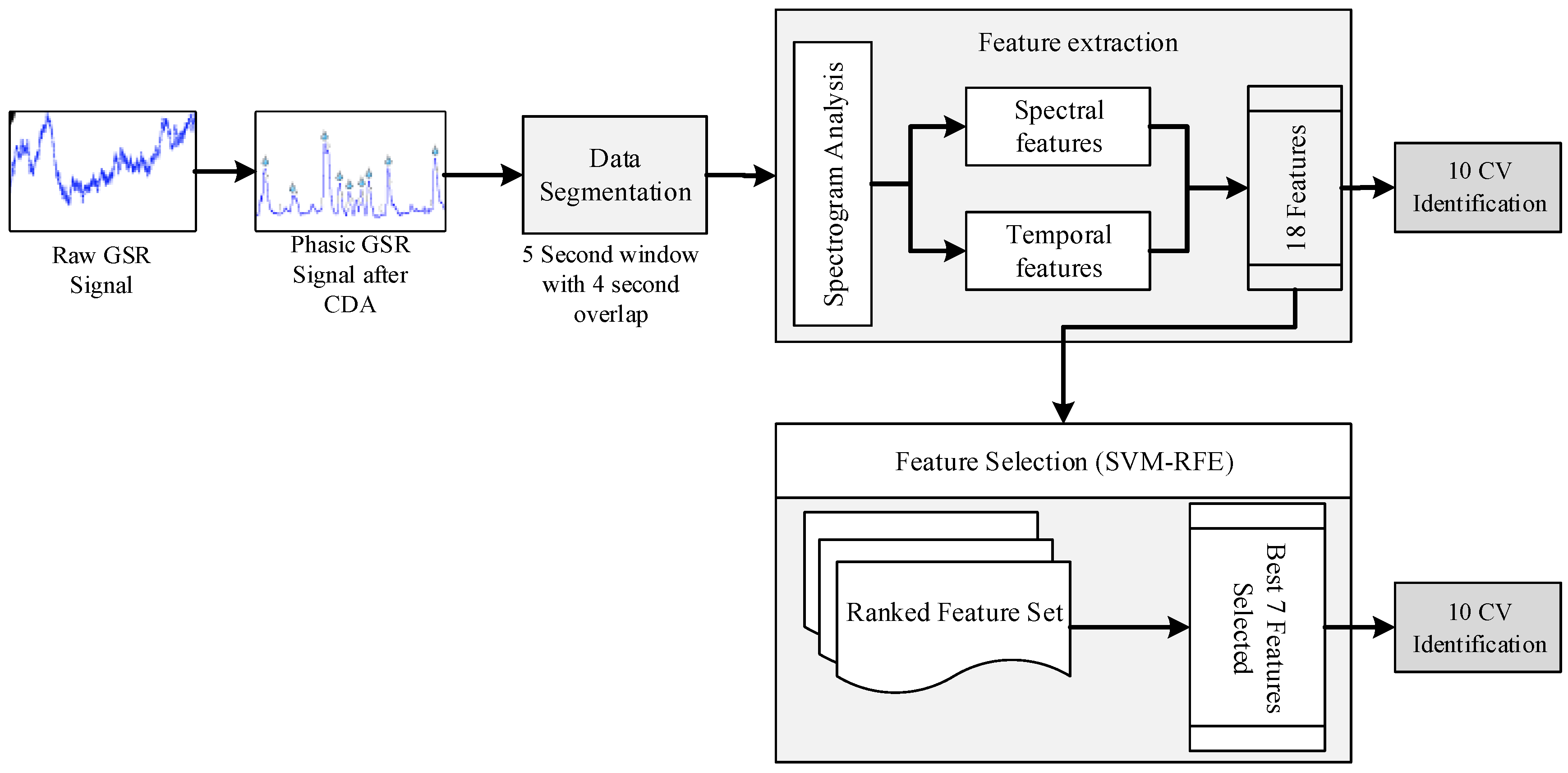
Galvanic Response Neurology Skin Response Conditioning
Galvanic skin response conditioning deficit in amygdalectomized monkeys. Volume 20, Issue 2, February 1968, Pages 188-196. Fluctuations in arousal are regulated by the autonomic nervous system, which is mainly controlled by the balanced activity of the parasympathetic and sympathetic systems, commonly indexed by heart rate (HR) and galvanic skin response (GSR), respectively.The galvanic skin response (GSR, which falls under the umbrella term of electrodermal activity, or EDA) refers to changes in sweat gland activity that are reflective of the intensity of our emotional state, otherwise known as emotional arousal.Experimental Neurology. Arousal level changes constantly and it has a profound influence on performance during everyday activities.
The GSR signal is therefore not representative of the type of emotion, but the intensity of it. The process of interest in the present study is the galvanic skin response.It is noteworthy that both positive (“happy” or “joyful”) and negative (“threatening” or “saddening”) stimuli can result in an increase in arousal – and in an increase in skin conductance. Tion of the response neuro-behavior system, as suggested by Bills. Research has shown how this is linked to emotional arousal. Eighteen patients with drug-refractory epilepsy were randomly assigned either to an active GSR biofeedback group (n 10) or to a sham control biofeedba Our level of emotional arousal changes in response to the environment we’re in – if something is scary, threatening, joyful, or otherwise emotionally relevant, then the subsequent change in emotional response that we experience also increases eccrine sweat gland activity. Show more.We investigated the effect of galvanic skin response (GSR) biofeedback training on seizure frequency in patients with treatment-resistant epilepsy.
What you need to know about GSR sensorsAs GSR measurements work by detecting the changes in electrical (ionic) activity resulting from changes in sweat gland activity, the electrodes must be sensitive to these changes, and able to transmit that information to the recording device.Most modern GSR electrodes have an Ag/AgCl (silver-chloride) contact point with the skin. Skin conductance therefore offers direct insights into autonomous emotional regulation.It can be used as an additional source of insight to validate self-reports, surveys, or interviews of participants within a study.Example GSR time course during an episode of “Breaking Bad” as visualized in iMotions. Instead, it is modulated autonomously by sympathetic activity which drives aspects of human behavior, as well as cognitive and emotional states. Skin conductance is not under conscious control. While sweat secretion plays a major role for thermoregulation and sensory discrimination, changes in skin conductance are also triggered robustly by emotional stimulation : the higher the arousal, the higher the skin conductance.The amount of sweat glands varies across the human body, but is the highest in hand and foot regions (200–600 sweat glands per cm2 ), where the GSR signal is typically collected from. This connection of emotional response to GSR signal has been explored in thousands of articles in the 120+ years since this seminal finding.
These responses, otherwise known as GSR peaks, can provide information about emotional arousal to stimuli.Other peaks in GSR activity that are not related to the presentation of a stimulus are referred to as Non-Stimulus-locked Skin Conductance Responses (NS-SCR).By using the skin conductance values, or the number of GSR peaks, it’s possible to add quantitative data to studies of emotional arousal. Data is acquired with sampling rates between 1 – 10 Hz and is measured in units of micro-Siemens (μS).The time course of the signal is considered to be the result of two additive processes: a tonic base level driver, which fluctuates very slowly (seconds to minutes), and a faster-varying phasic component (fluctuating within seconds).Changes in phasic activity can be identified in the continuous data stream as these bursts have a steep incline to a distinctive peak and a slow decline relative to the baseline level.Researchers focus on the latency and amplitudes of the phasic bursts with respect to stimulus onset when investigating GSR signal changes in response to sensory stimuli (images, videos, sounds).When there are significant changes in GSR activity in response to a stimulus, it is referred to as an Event-Related Skin Conductance Response (ER-SCR). Different GSR sensors allow different means of transmission, and the choice of each will depend on the kind of research you’re carrying out.Skin conductance is captured using skin electrodes which are easy to apply. Either way, the signal is sent through the electrode, to the wire (usually lead) that passes the information to the GSR device.From here the data is either stored within the device to be later uploaded, is transmitted wirelessly to a computer system, or the signal is sent through a further wired connection to a computer.
PLoS ONE 4, e7487 Critchley, H. The rewarding aspects of music listening are related to degree of emotional arousal. New York, Berlin: Springer, 2nd edition Salimpoor, V.N., Benovoy, M., Longo, G., Cooperstock, J.R.

Philadelphia: Lea & Febiger van Dooren, M., de Vries, J. Anatomy of the Human Body (20th ed.). “The Organs of the Senses and the Common Integument”.


 0 kommentar(er)
0 kommentar(er)
